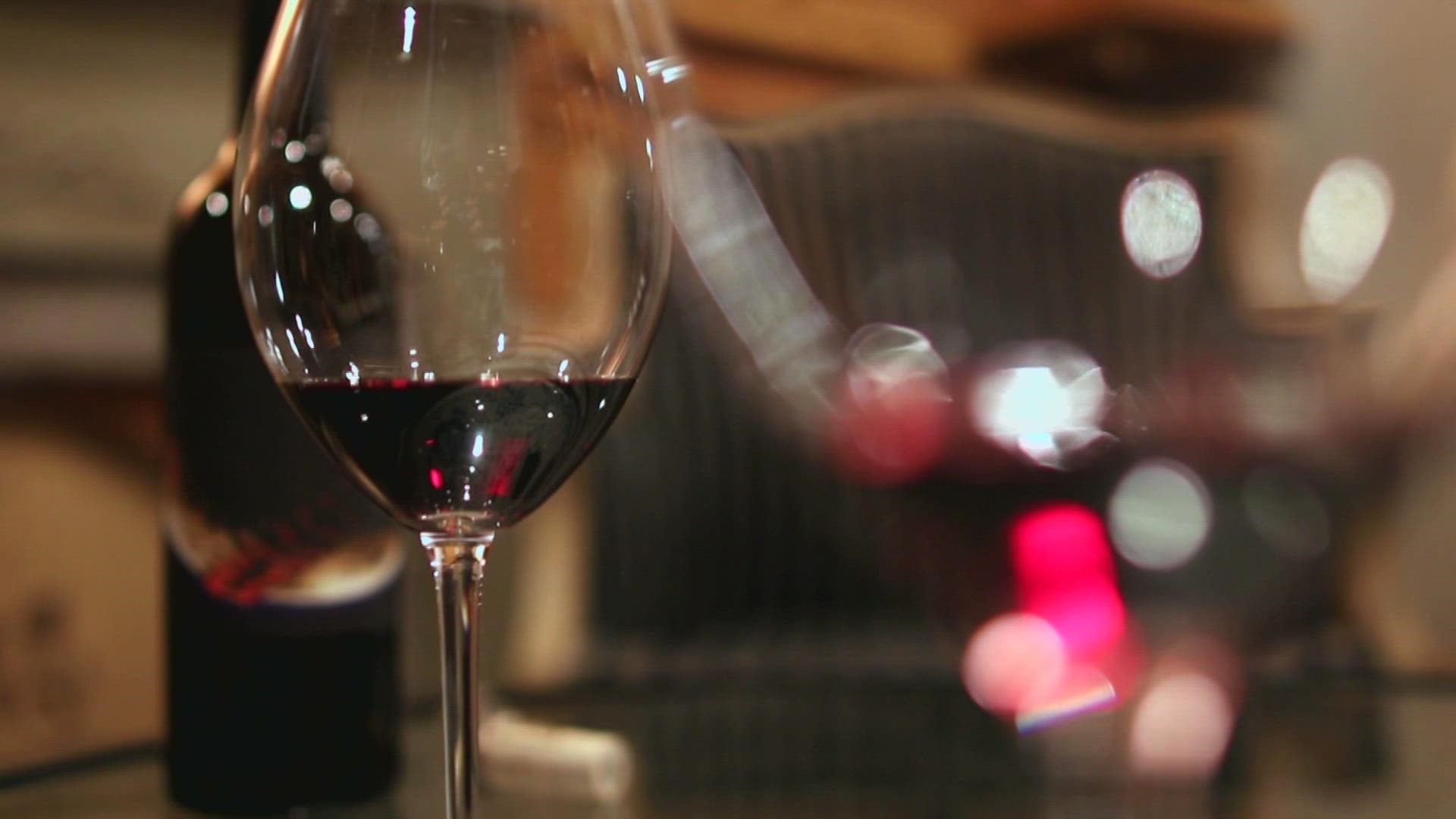WALLA WALLA, Wash. — From Woodinville to Walla Walla, Washington state is home to more than 4,000 wineries.
But what does it take to grow grapes and make wine to be among the best?
That's a question Billo Naravane took a big risk to find out, taking him on a journey that started in India and one that eventually led him to Walla Walla.
Naravane and his brother Pinto were born in India. Their parents moved to New Jersey when the boys were six and eight years old.
"My dad coming to the states initially and then our mom," Naravane said.
His parents, which he describes as traditional Indian parents, came to this country with a dream of their sons going towards technical paths like medicine or science to land a safe and stable job.
That was Naravane's dream back then too. First, he graduated from MIT before heading to Stanford for graduate school.
Naravane landed a job in Silicon Valley, which just so happens to be 90 miles away from California wine country
"Our interest kept building first as consumers then collectors then total wine geeks towards the end of it," Naravane said.
Years went by with both brothers working in computer science, but eventually, they started to question their happiness.
"Even though we were good at it the jobs never brought us any fulfillment," Naravane said. "It isn't where are hearts were. Our hearts were in wine."
That meant telling his mom and dad he was leaving the stable job they always dreamed of to go make wine.
"We put you through MIT and Stanford and now you're going to throw that all away to go make alcohol," Naravane remembers his parents asking before making the move to Walla Walla in 2007 to start Rasa Vineyards.
Naravane said his uncle named the vineyard Rasa, which means essence in Sanskrit or juice in slang, after the terroir-specific wines of the Rocks District.
At the time the city was more than 92% white, according to US Census data.
"I had long black hair all the way down to my waist," Naravane said.
Despite looking different in a mostly white area, the two brothers are now working in an industry that's also largely white.
The Washington State Wine Commission has no data about minorities in the industry.
That started to change in 2020 after the murder of George Floyd followed by Black Lives Matter movements across the country.
The commission created the diversity equity inclusion task force led by board member Shylah Alfonso who said their goal was to make wine more inclusive.
"It's not just who's owning (the wineries)," Alfonso said. "Who's working in the tasting room and in the farms? Are the people working in the farms? Are they moving their way up? And what are the paths to do that?"
Naravane said he hopes more minorities get into the industry because each winemaker brings their spin to wine.
It's also because the consumer is evolving.
Minority customers now make up as much as 40% of Rasa's business compared to 10% in 2009.
That was the first year Rasa wines were sold. The wines earned scores well over 90 points, which is equivalent to an "A" grade, Naravane said.
It's a score Naravane said maybe 5% of wines can claim. But he also adds, "most of our wines are at 95 points and above," making Rasa one of the best wines in Washington.
So how do you make among the best wines in the state?
Naravane said a focus on style is key and sensory training is key.
But it's also the technical knowledge and the scientist in him rooted in that cultural push that helped Rasa stand out.
As Washington Wine Month comes to an end, the next time you raise a glass, keep in mind there's a story behind every bottle.

